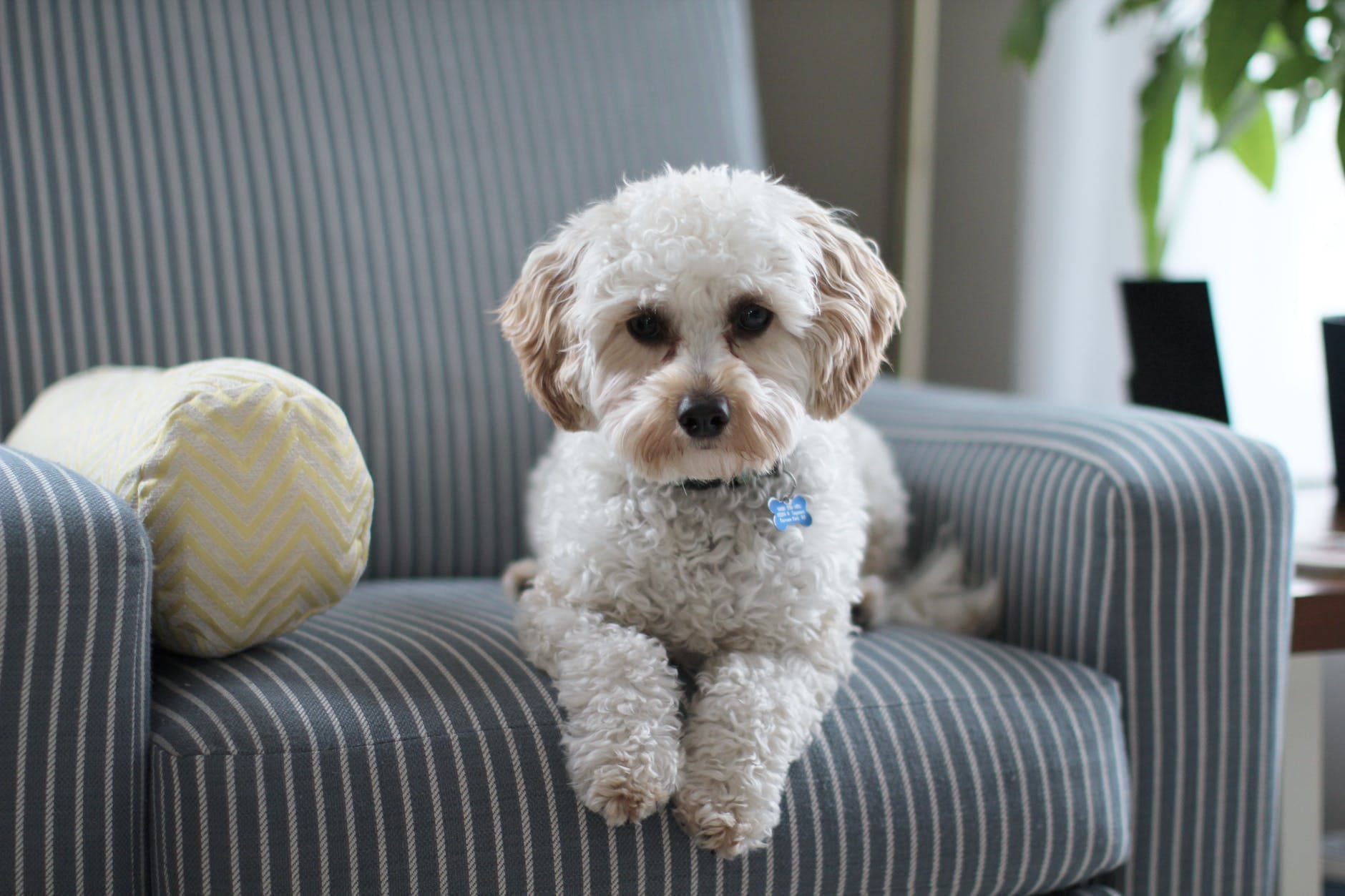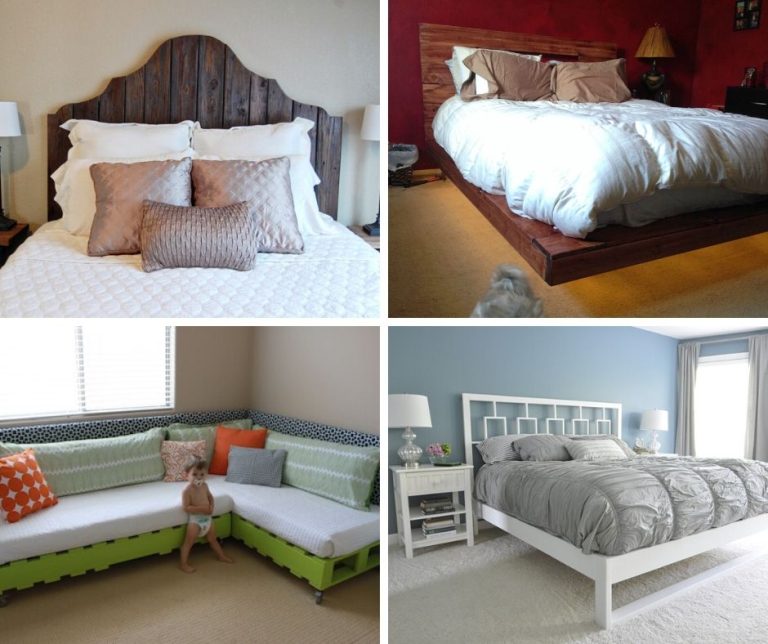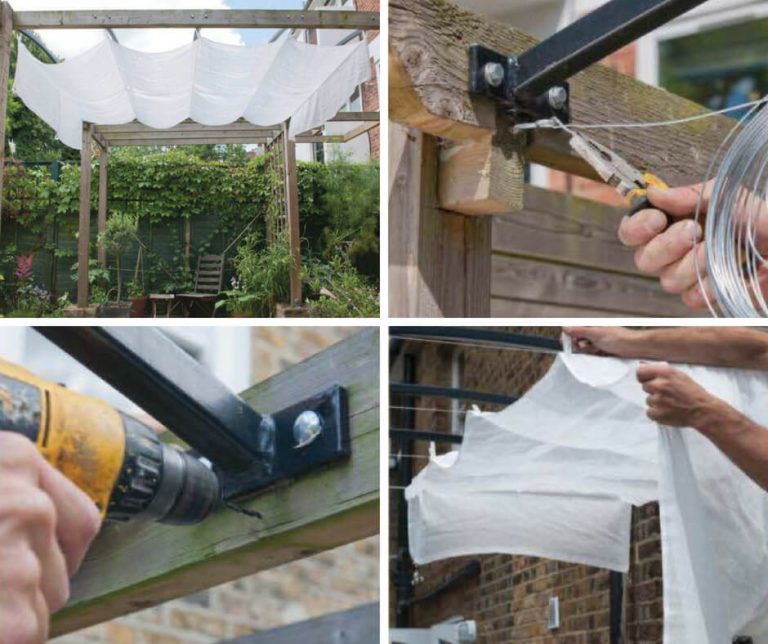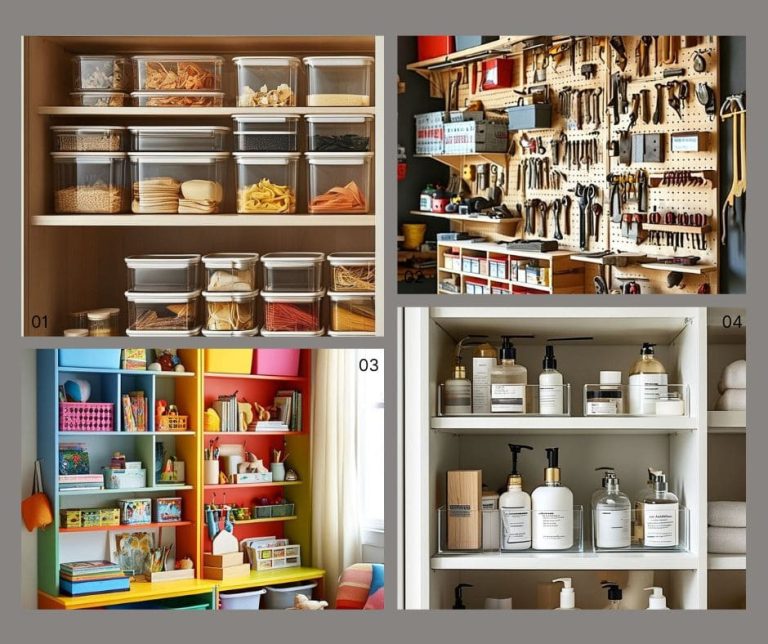How To Prepare Your House For Your Beloved Pet: 6 Tips
Adopting a pet is fun and exciting, but the process isn’t as simple as it may sound. Besides doing your background check on the kind of pet you want, you also have to readjust your home to accommodate your new best friend. This is particularly crucial for first-time pet owners.
The first few days of a pet in a new home are very crucial. Like humans, pets take time to acclimate to new environments. Ensuring that the environment is as friendly as possible helps in smoothing this transition for your pet. That’s why experts recommend furnishing your home first before bringing the pets over.
Below are six crucial things you need to do to make your house pet-friendly.
Table of Contents
1. Gather Pet Supplies
Use the weeks and days leading up to your pet’s arrival to collect all the supplies you need. This includes items like toys and playpens to necessities such as food supplies. If you are operating on a tight budget, start with the basic supplies like food bowls and start saving money for the other equipment like toys.
In summary, your shopping list should contain supplies like food, a harness, a leash, identification tag, water, and food bowls (non-plastic), bed, toys, martingale collar, litter box, bedding gates, treats, pet toothbrush, etc.
You should also consult the pet shelter and get some insight into what you need to buy.
2. Get Pet-friendly Furniture
You will never manage to keep an eye on your pet at all times. This basically means it doesn’t matter whether you want to share your couch with the pet or not because there will be moments when they’ll end up on your furniture anyway. This can result in several issues like odor, stains, fur, etc.
Luckily, there are plenty of sofas and other pieces of furniture made of stain-resistant materials. Such couches prevent the pet’s stains and foul odor from getting into the fabric. Most of them are designed with removable cushion covers, making them pretty easy to clean.
You should also avoid furniture with brighter colors since they make even the tiniest stains stand out. Maintaining such couches will be exhausting and expensive.
Furniture made of leather, synthetic microfiber, and outdoor fabrics is ideal but, feel free to consult the store and get a more comprehensive list of your options.
3. Invest In A Pet-friendly Floor
Sadly, the presence of pets makes softwood floors and carpets a no-no. Softwood floors may look gorgeous, but they won’t survive the dog’s claws. Besides suffering scratches, the wood will also collect lots of furs forcing you to clean your house more frequently and thoroughly.
Carpets are also notorious for harboring pet stains and odors, which can make your home inhabitable.
So, what floors are pet-friendly? The specialists at Online Flooring Store recommend vinyl and ceramic or porcelain tile flooring. These offer more protection against stains and scratches, plus they’re aesthetically pleasing, so you won’t be making major compromises to your interior’s design.
Hardwood is another possible alternative, but it may not be very resistant against larger dogs.
4. Create A Special Pet Area

Creating a pet area requires a bit of a budget, but the investment is worth it. This space can be used to catch dirt and debris when the dog or outdoor cat comes from outside. For such reasons, the pet area should be somewhere near the pet’s entry.
You can store the pet’s accessories at this place too. This includes leashes, treats, toys, etc. Having all the items in one place simplifies your life in several ways. For starters, you’ll always know when you are running low on supplies, and it reduces cases of misplaced or missing items. Cleaning after the pets is also much easier.
Another advantage of designating a pet area is you’ll be able to control their movement. By giving them enough playing space, they won’t intrude in other possibly dangerous areas like opened dryers.
5. Make Sure The Trash Cans Have Lids
This may seem like a minor detail until you’re forced to clean your pantry or kitchen multiple times a day due to spilled trash cans. It’s an unnecessary chore for you, plus you don’t want your dog or cat going through the possibly harmful waste.
So, invest in a durable, safe, and tall trash can. Consider storing the can in a more secure area like a closed-off pantry.
6. Hide Electrical Cables
Dogs are easily attracted to electrical cables and pets, in general, can chew these wires exposing themselves and your electronics to serious hazards.
Ensure there are no hanging cables in your living room or anywhere else that’s accessible to your dog or cat. The good news is there are many DIY cable management solutions online, so this task shouldn’t take more than a few dollars in investment and a couple of hours of installation.
When all is said and done, pet-proofing your house starts by knowing the kind of pet you’re bringing home. You can then use this information to fine-tune the changes to your pet’s liking. Hopefully, the above tips have given you an idea of what to expect.







